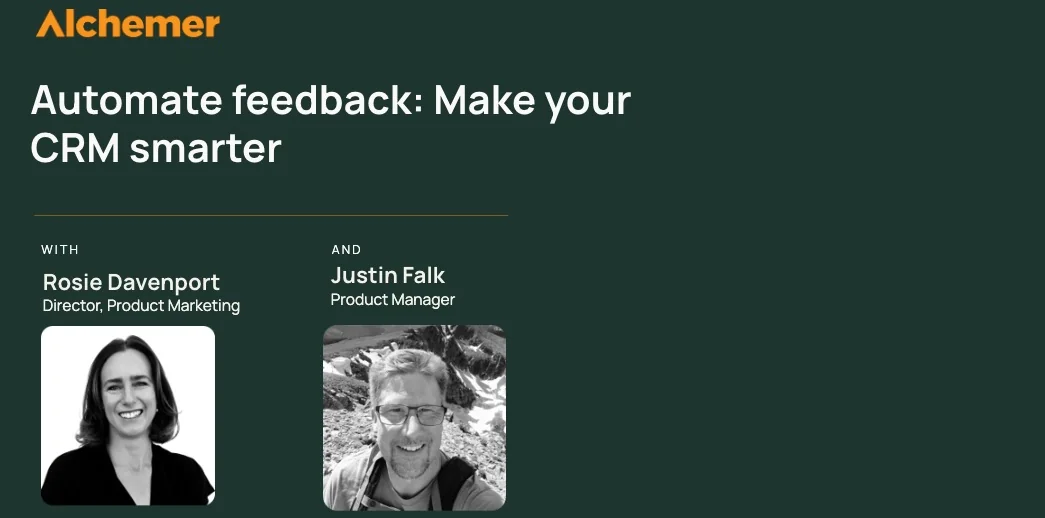What really is employee engagement?
As the healthcare industry becomes increasingly competitive, it is imperative for healthcare organizations to invest in their patient, employee, and brand experiences.
In an industry already facing a talent shortage, Compdata’s 2017 Compensation Data study found that healthcare turnover rates exceed 20 percent, which further proves that employee engagement is crucial to an organization’s success in the new era of healthcare consumerism.
Employee engagement is much more than making employees satisfied or happy; however, many companies do not truly understand the large difference between employee satisfaction and employee engagement, which leads to underinvestment in employee engagement initiatives.
Employee engagement is far more about the employee’s deep emotional investment in the company’s values and goals as well as their personal commitment to achieving those goals.
Related: 3 Types of Employee Satisfaction Surveys That Will Benefit Your Business
Template: Employee Engagement & Workplace Happiness
Why is successful employee engagement so important in healthcare?
Mercer, a global professional services firm, recently found that, by 2025, the U.S. will need to hire 2.3 million new healthcare workers in order to meet the demand of its patient population and will not have nearly enough skilled workers to fill the positions.
In order to recruit the best talent and effectively engage employees, healthcare organizations must begin understanding their employees’ beliefs, values, and motivators on a level never before explored.
Disengaged employees have a higher chance of feeling burned out and not providing the highest quality services possible, which is why nurse engagement was the number one variable that correlated to patient mortality, a 2010 Gallup study of 200 hospitals found.
Related: 3 Steps To Creating a Winning Employee Experience
All in all, healthcare organizations simply cannot provide the high-quality experience their patients are demanding without investing in employee engagement; they are each other’s yin and yang.
In addition to its effect on patient experience, low employee engagement can drastically impact a healthcare organization’s profitability and competitiveness.
According to Healthcare Finance News, “…if the average cost of an employee is $60,000 and an organization loses 20 percent of its 3,000 employees with an average salary of $45,000, turnover's hefty price tag tops out at $27 million.”
Additionally, Gallup found that 70 percent of employees are either “neutral” or “actively disengaged” — meaning they are willing to leave and/or do damage to their company — and that companies with low levels of employee engagement experience a 33 percent decrease in operating income.
The data tells a powerful story, one that demonstrates the very real challenges many healthcare organizations face when it comes to keeping employees engaged.
How to leverage data to engage employees
With many variables feeding into the high-level engagement equation, healthcare organizations must prioritize investing in engagement initiatives throughout the employee journey.
By collecting both qualitative and quantitative feedback data through surveys at each stage of the employee lifecycle, healthcare organizations of any size can develop a holistic picture of current processes and begin to pinpoint where improvements must be made.
Data at each stage of the employee lifecycle should be collected and monitored continuously — rather than taking a “one and done” approach — and should include data points such as:
Recruiting/Acquisition/Selection
- How they found the job
- The interviewers/interviewing process
- The job offer process
- Communication with the organization
- Overall satisfaction with the hiring process
- Ideas for improvement
- If they would refer others to the organization for employment
- Job offer acceptance/rejection rates
Onboarding/New Hire
- Depth of content covered
- Preparedness to do well in their job
- Effectiveness of trainers
- Feelings about communication with other staff during onboarding
- Ideas for improvement
Culture/Inclusion
- Overall satisfaction with company culture
- Interdepartmental communication effectiveness
- Satisfaction with the organization’s technology stack
- Feelings about job responsibilities/workload
- Time to respond to employee concerns/problems
- Ideas for improvement
Continuous learning and development
- Amount of development opportunities
- Effectiveness of existing development opportunities
- Ideas for improvement
Retention
- Compensation
- Reasons employees leave
- Overall satisfaction with team/manager relationships
- Ideas for improvement
- Turnover rate
- Average length of employment
Related: How to Build an Employee Engagement Roadmap (With Template)
In addition to monitoring overall company trends over time, it is beneficial for healthcare organization leadership to segment the data received based on:
- Department
- Tenure
- Job role
- Supervising manager
- Seniority level within the organization
- Accepted versus denied job offers
- …and more
This level of granularity makes it easier to determine precisely where the most urgent improvements must be made. Tailored employee engagement goals for various groups or individuals throughout the organization can be developed using the above data points.
Key takeaway
The biggest lesson for healthcare organizations when investing in employee engagement initiatives is that data plays a critical role. It is imperative for healthcare organizations to collect, measure, analyze, actionize, and communicate the available data from every point in the employee journey.
Without tangible data, leadership will have a much harder time developing realistic, informed goals. Executing positive change throughout the organization that will impact not only employee engagement but also patient satisfaction, and the bottom line.




